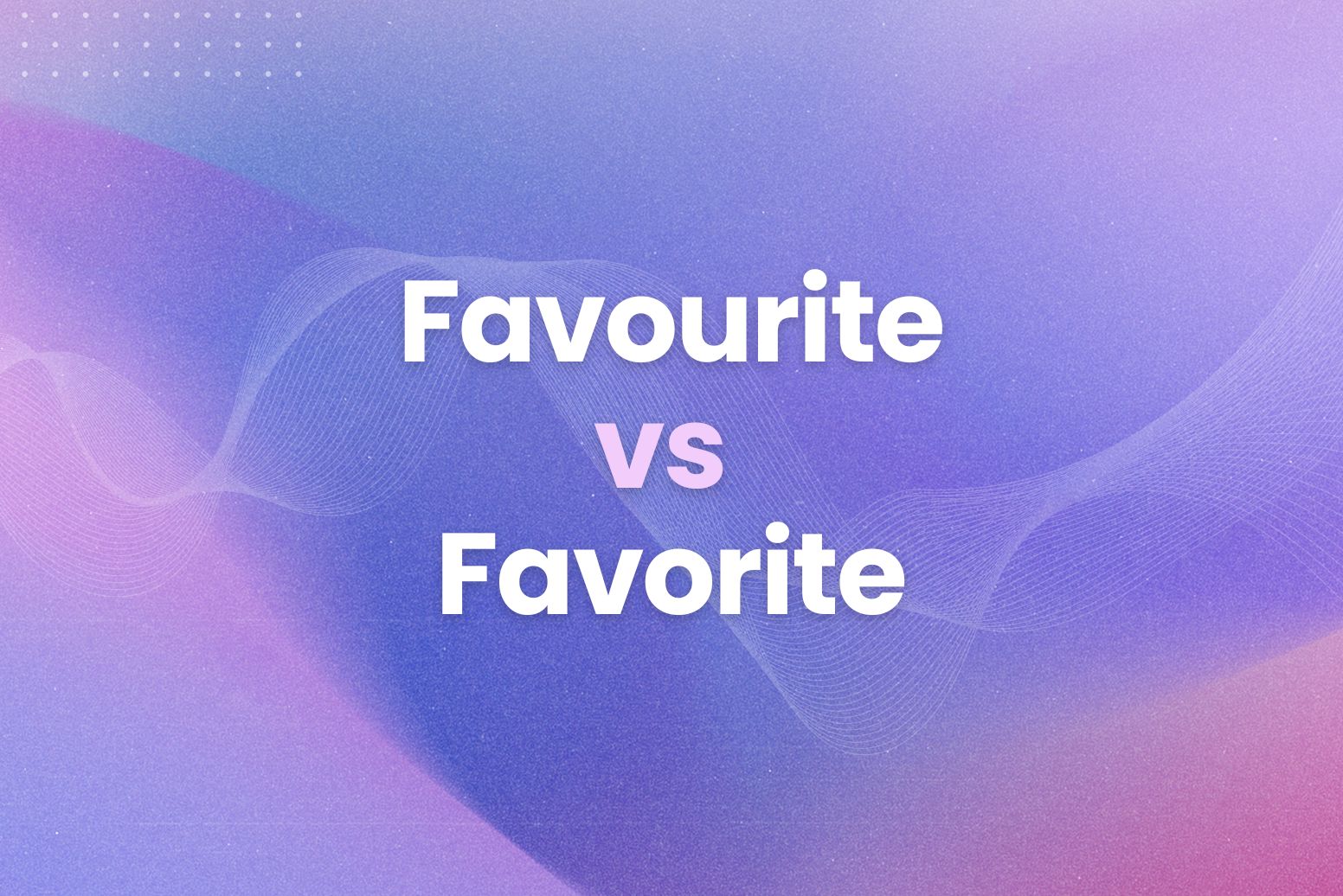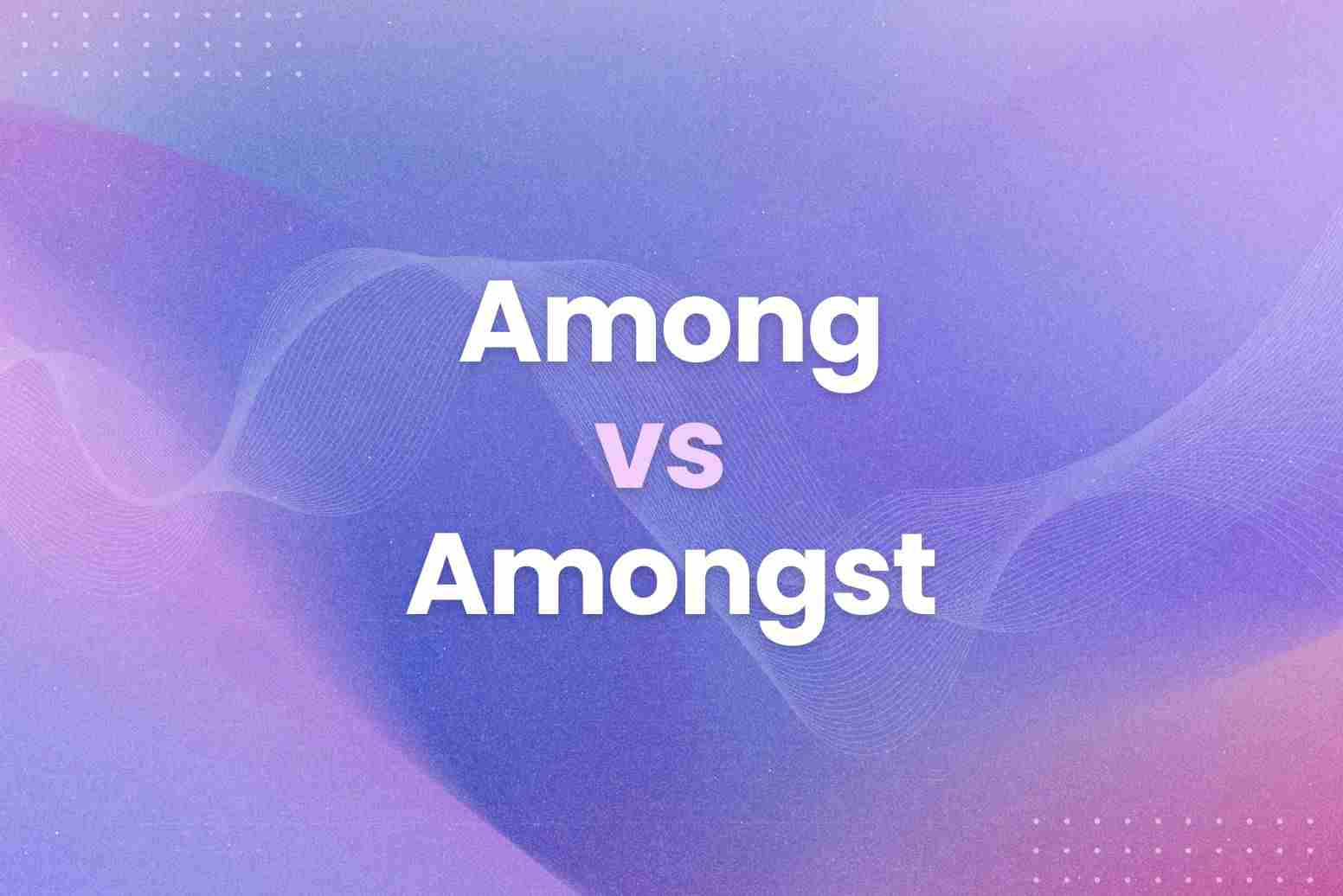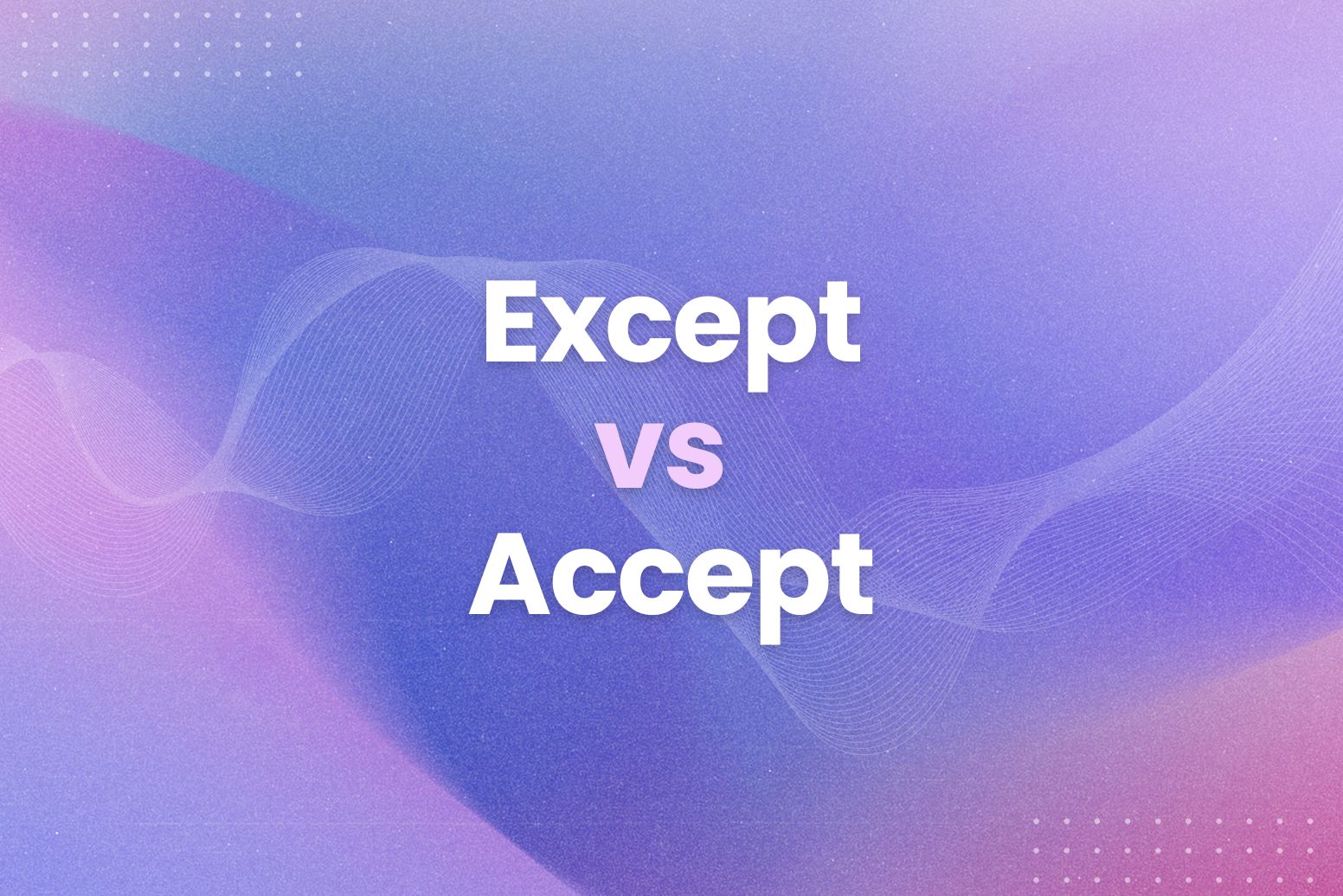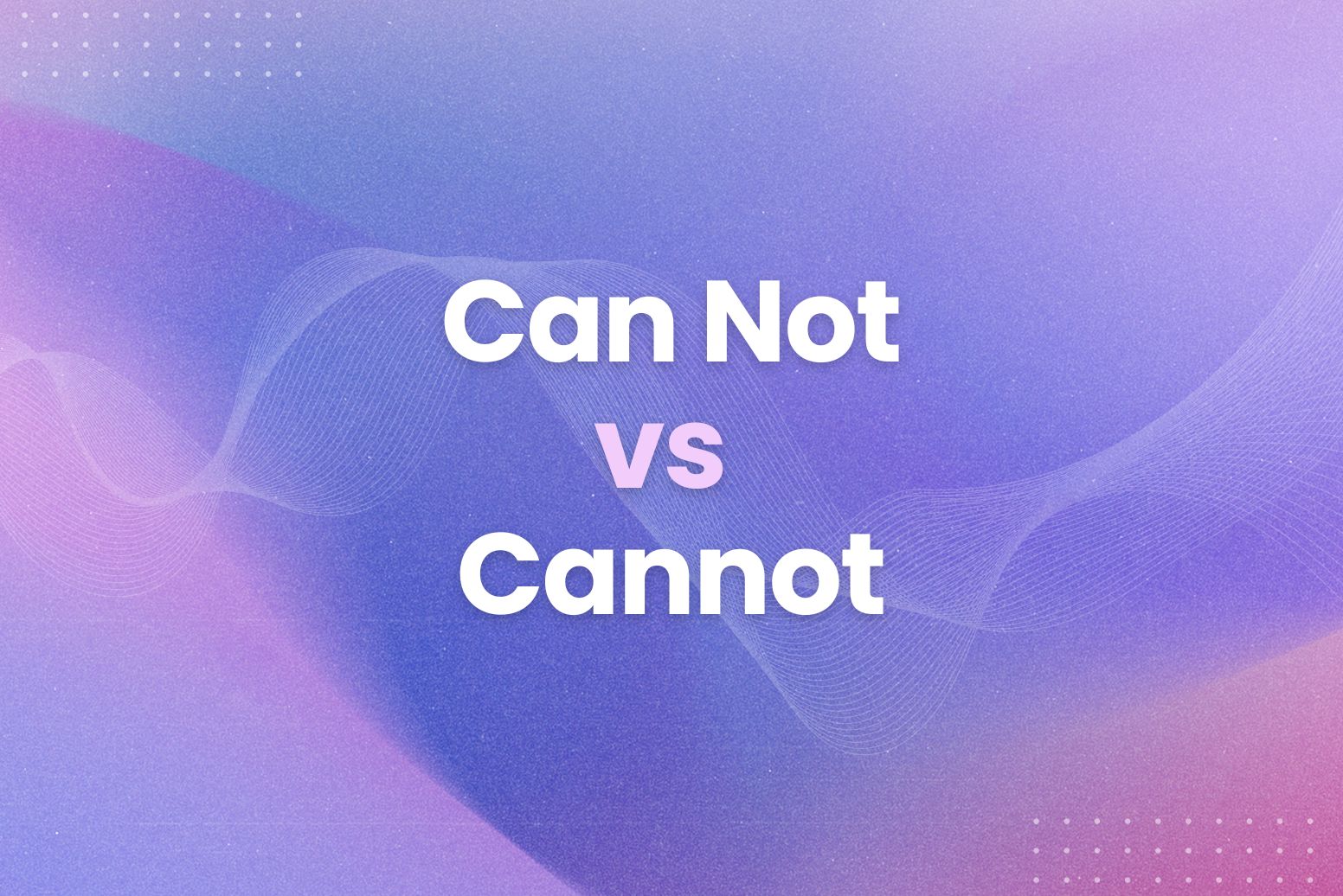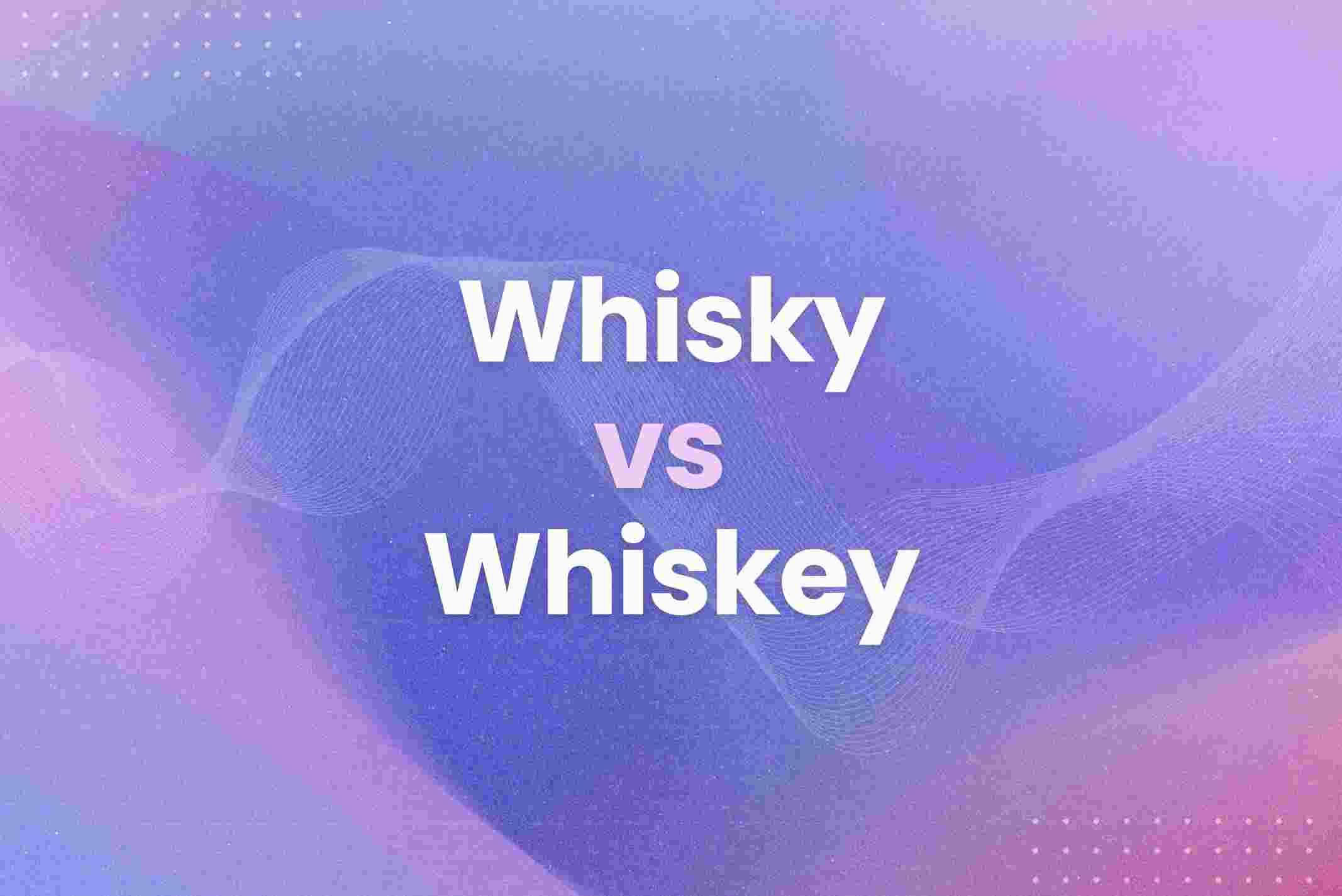Misspelling a word can undermine your credibility. It can make you look unprofessional. It’s especially tricky with words like “favourite vs favorite.” These words are so close, yet so different. One small letter can change everything. This difference reflects a key distinction between British and American English.
This article will clarify which spelling to use and when. Therefore, you can always write with confidence. Here’s what we’ll cover:
- The difference between favourite vs favorite.
- When to use each spelling (British vs. American English).
- Examples of favourite vs favorite in sentences.
The Difference Between Favourite vs Favorite
The difference is simple. It’s all about location. “Favourite” is the British spelling. You’ll find it in the UK, Canada, Australia, and other Commonwealth countries. On the other hand, “favorite” is the American spelling. It’s standard in the United States.
Think of it this way: the u in “favourite” is a helpful reminder for the United Kingdom. Moreover, this difference isn’t just about this one word. It’s part of a broader pattern. Many words with “our” in British English are spelled with “or” in American English.
For example:
- Colour (British) vs. Color (American)
- Labour (British) vs. Labor (American)
- Honour (British) vs. Honor (American)
Similarly, understanding this pattern can help you avoid similar spelling mistakes. This knowledge makes your writing look more polished.
This difference originated from spelling reforms. Noah Webster, an American lexicographer, advocated for simplified spellings in the late 18th and early 19th centuries. Consequently, these simplified spellings became standard in American English.
For instance, Webster believed that removing the “u” in words like “colour” and “favourite” would make them easier to spell and read. This change reflected a desire to establish a distinct American identity.
Above all, remember to choose the spelling that’s appropriate for your audience. If you’re writing for a British audience, use “favourite.” If you’re writing for an American audience, use “favorite.” In short, consistency is key.
When to Use Each Spelling (British vs. American English)
Knowing why the difference exists is helpful. However, knowing when to use each spelling is even more crucial. It all depends on your target audience. In other words, who are you writing for?
If you’re writing for a British audience—whether it’s a website, a publication, or a business—use British English spellings. Therefore, use “favourite,” “colour,” “analyse,” and so on. This shows respect for their linguistic conventions.
On the other hand, if your audience is primarily American, stick with American English spellings. Consequently, use “favorite,” “color,” “analyze,” and similar spellings. This makes your writing more accessible to them.
Here’s a simple rule of thumb:
- British Audience: Use British spellings (e.g., favourite).
- American Audience: Use American spellings (e.g., favorite).
Furthermore, consider the context. If you’re writing for an international audience, you might need to make a strategic decision. For instance, if you’re targeting a global audience on a website, you might choose to use American English as it’s often considered more widely understood online.
Similarly, if you’re writing for a specific publication with a style guide, always adhere to their guidelines. They will usually specify which spelling convention to use.
Most importantly, consistency is paramount. Don’t mix and match spellings within the same piece of writing. This can confuse your readers. Above all, it looks unprofessional.
For example, imagine reading a blog post that uses “favourite” in one paragraph and “favorite” in the next. It would be jarring. It would distract from the message.
This is where Arvin can be incredibly useful. Arvin, the AI browser extension powered by GPT-4, can help you maintain consistent spelling throughout your writing. In addition, it can detect inconsistencies and suggest corrections. Arvin can even be set to recognize British or American English. So, you can ensure your writing is always spot-on for your target audience.
Examples of Favourite vs Favorite in Sentences
Seeing these words in action can further solidify your understanding. Therefore, let’s look at some examples of “favourite” and “favorite” used in sentences. This will give you a clear picture of how they’re used in context.
Here are some examples using “favourite” (British English):
- My favourite book is “Pride and Prejudice.”
- What’s your favourite song by The Beatles?
- She wore her favourite dress to the party.
- He ordered his favourite meal at the restaurant.
- Their favourite holiday destination is Italy.
Similarly, here are the same sentences using “favorite” (American English):
- My favorite book is “Pride and Prejudice.”
- What’s your favorite song by The Beatles?
- She wore her favorite dress to the party.
- He ordered his favorite meal at the restaurant.
- Their favorite holiday destination is Italy.
As you can see, the meaning remains unchanged. Only the spelling differs. Furthermore, the surrounding sentence structure is identical.
This simple comparison highlights the core difference. It’s purely a matter of spelling convention based on regional usage.
In addition, consider these slightly more complex examples:
- British: The film received mixed reviews, but it remains a favourite among many fans.
- American: The film received mixed reviews, but it remains a favorite among many fans.
Moreover, here’s an example related to the noun form:
- British: He is a favourite to win the race.
- American: He is a favorite to win the race.
Above all, maintain consistency. Choose one spelling and stick with it throughout your writing.
Ready to Nail Your Spelling Every Time With Arvin?
We’ve covered the key difference between favourite vs favorite. It’s all about location, location, location. Remember, British English uses “favourite,” while American English uses “favorite.” In short, choose the spelling that matches your target audience.
Here are the key takeaways:
- “Favourite” is the British spelling.
- “Favorite” is the American spelling.
- Use the spelling appropriate for your target audience.
- Consistency is key.
Maintaining consistent spelling can be tricky. Therefore, Arvin can be your perfect writing tool. This AI-powered browser extension instantly checks your grammar and spelling on any webpage. Consequently, you can write with confidence, knowing your spelling is always spot-on. Above all, Arvin helps you communicate effectively with any audience.
Frequently Asked Questions
Which one is correct, favorite or favourite?
Both are correct. It depends on where you are. “Favourite” is correct in British English. “Favorite” is correct in American English. In other words, context is key.
Is it Favourite or favorite in Canada?
Canadian English tends to follow British spellings. Consequently, “favourite” is generally preferred in Canada. However, you might see some American spellings due to the influence of American media.
Is it Favourite or favorite in Australia?
Australia uses British English spellings. Therefore, “favourite” is the correct spelling in Australia. This is consistent with other Commonwealth countries.
Why is favorite spelled two different ways?
The difference stems from historical spelling reforms. Noah Webster, an American lexicographer, advocated for simplified spellings in American English. As a result, the “u” was dropped from words like “favourite,” “colour,” and “honour” in American usage. In short, it’s a difference in spelling conventions between British and American English.

